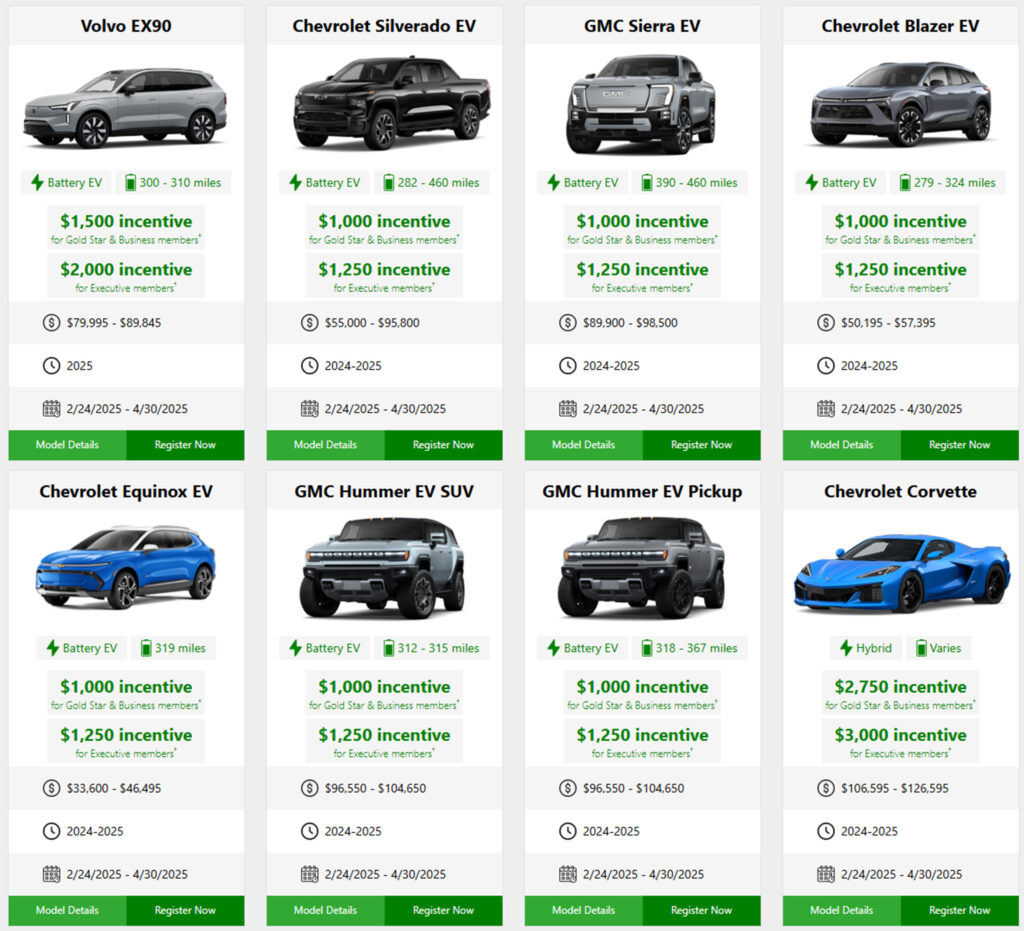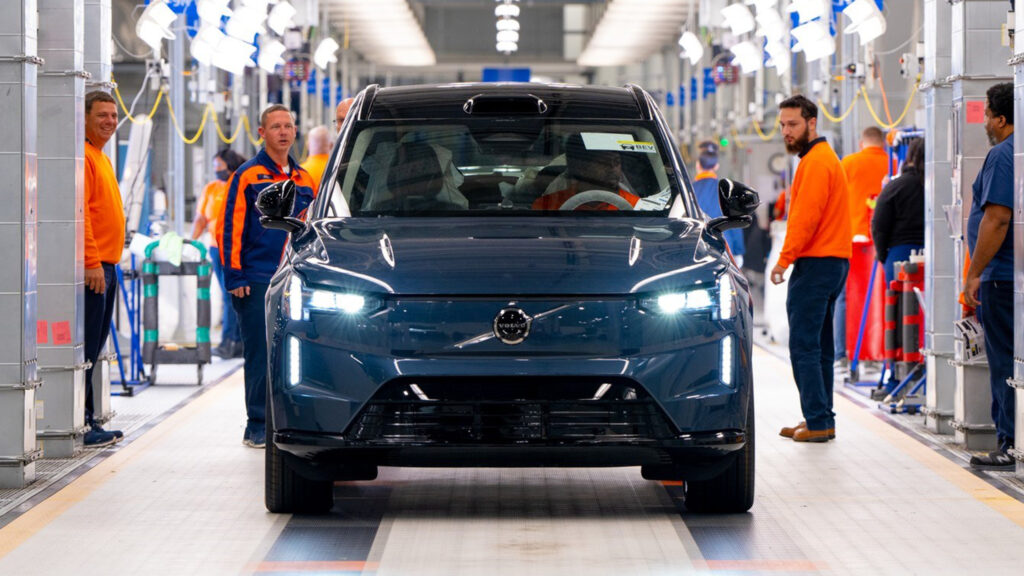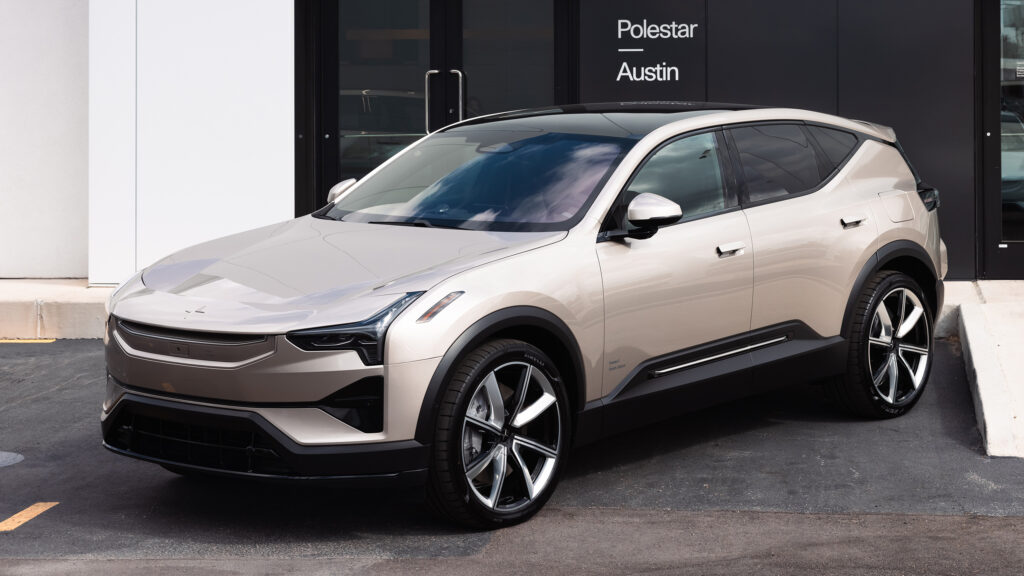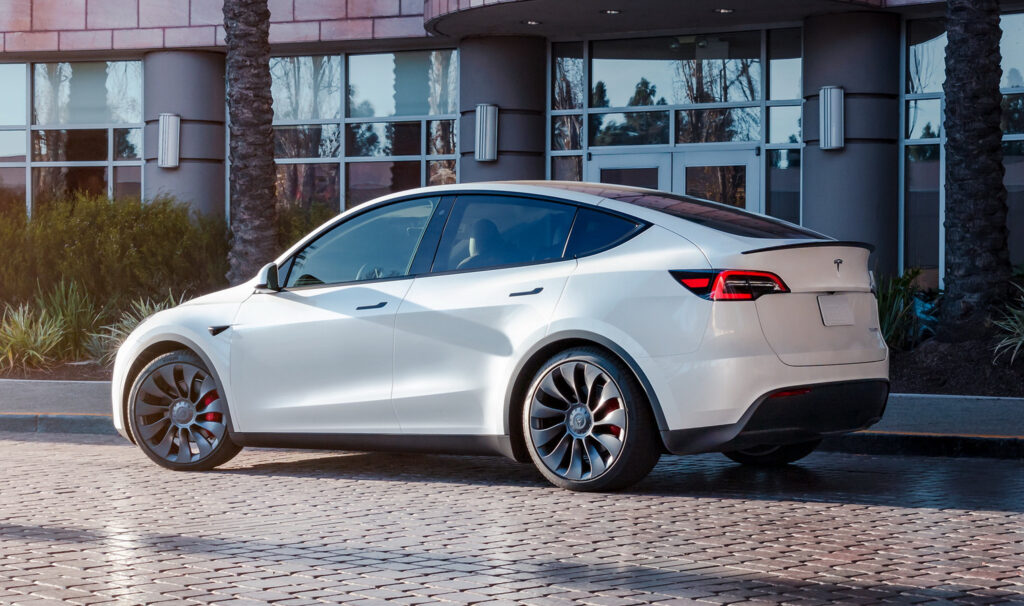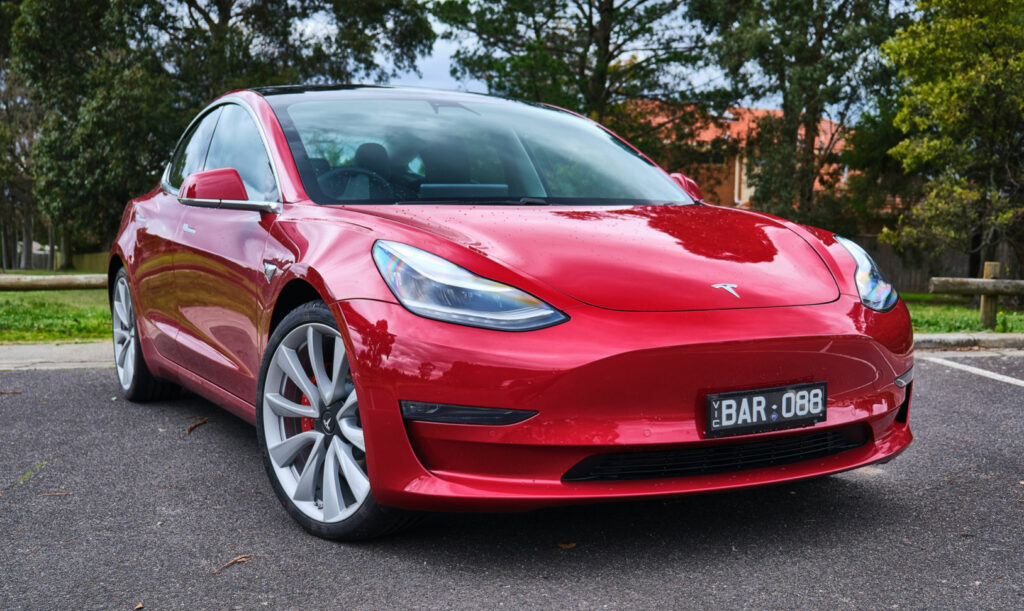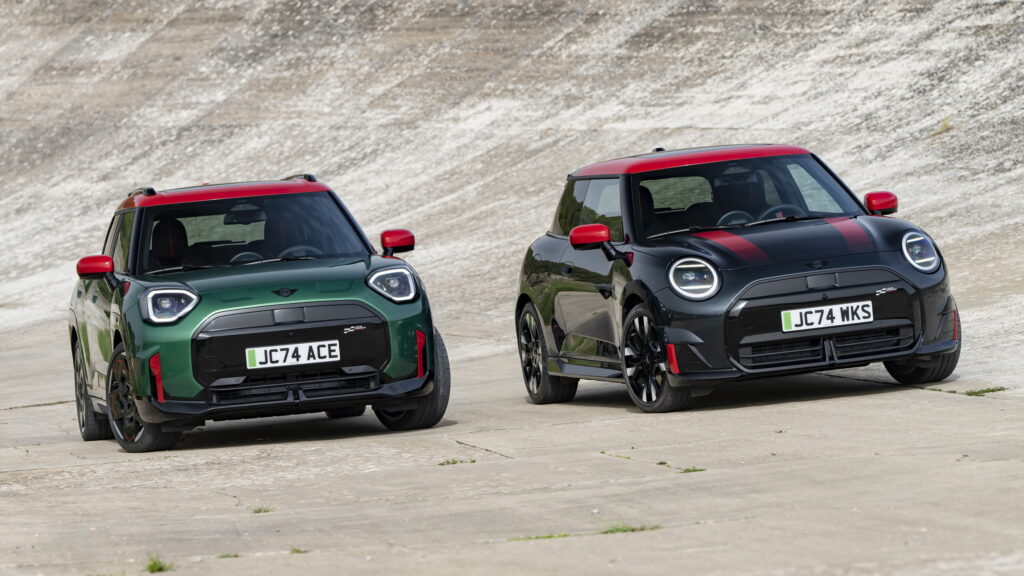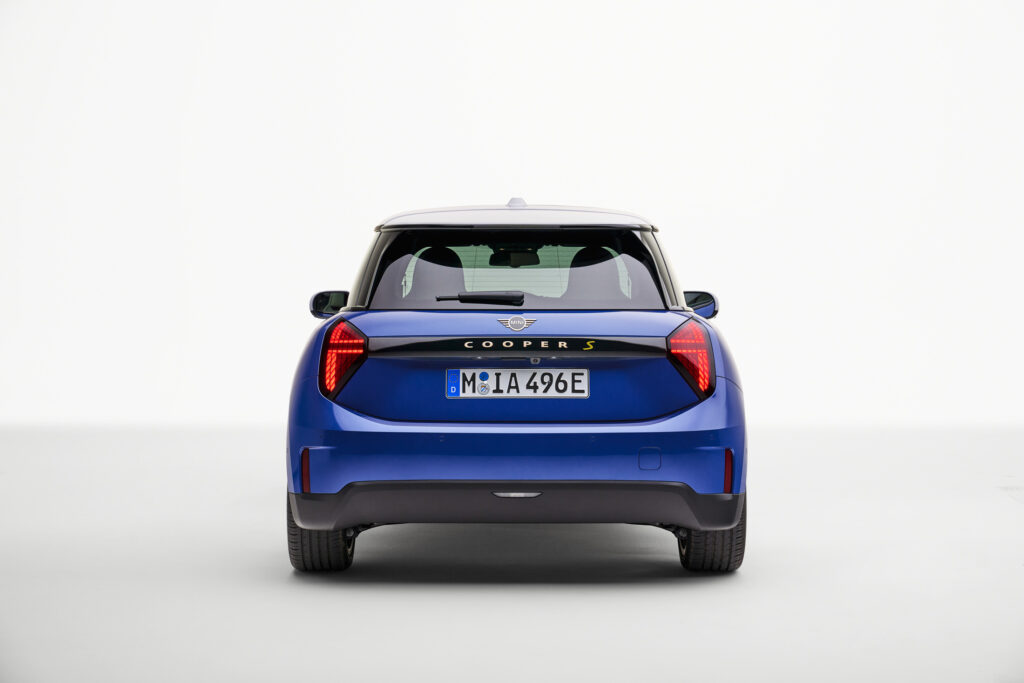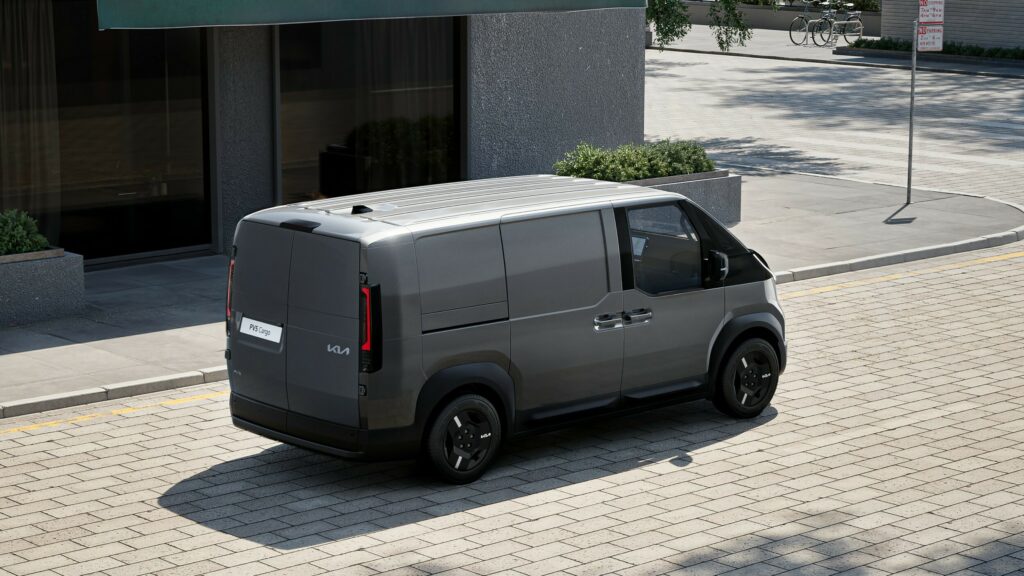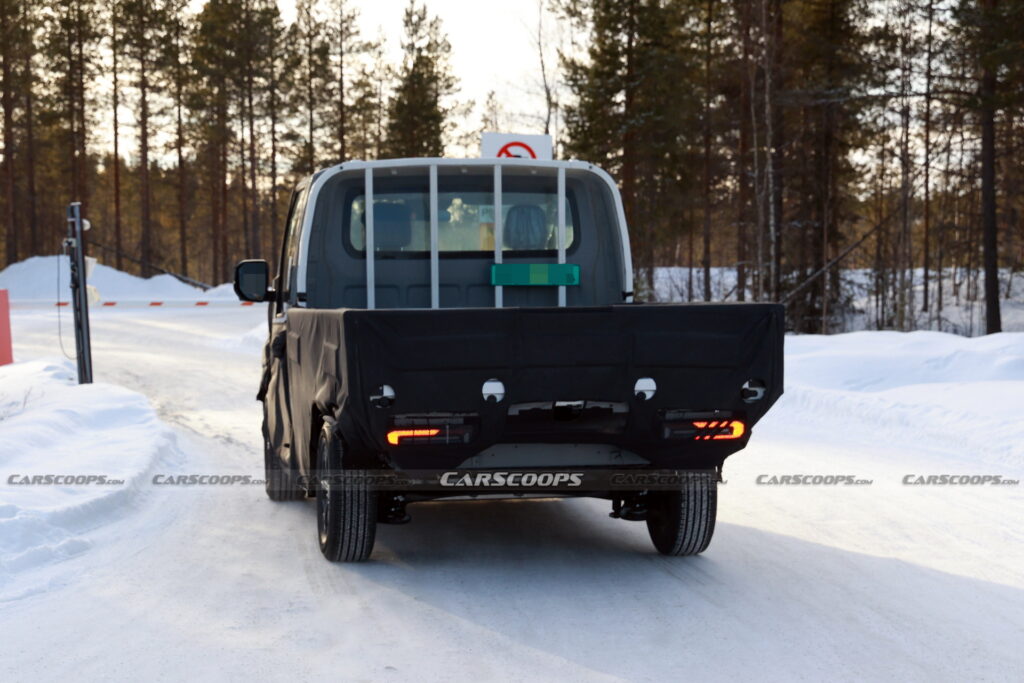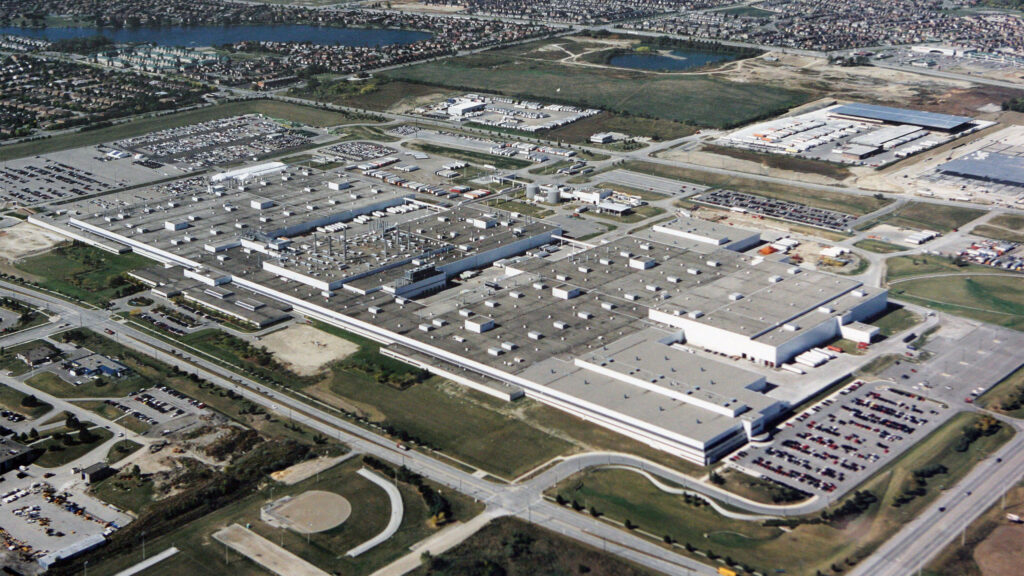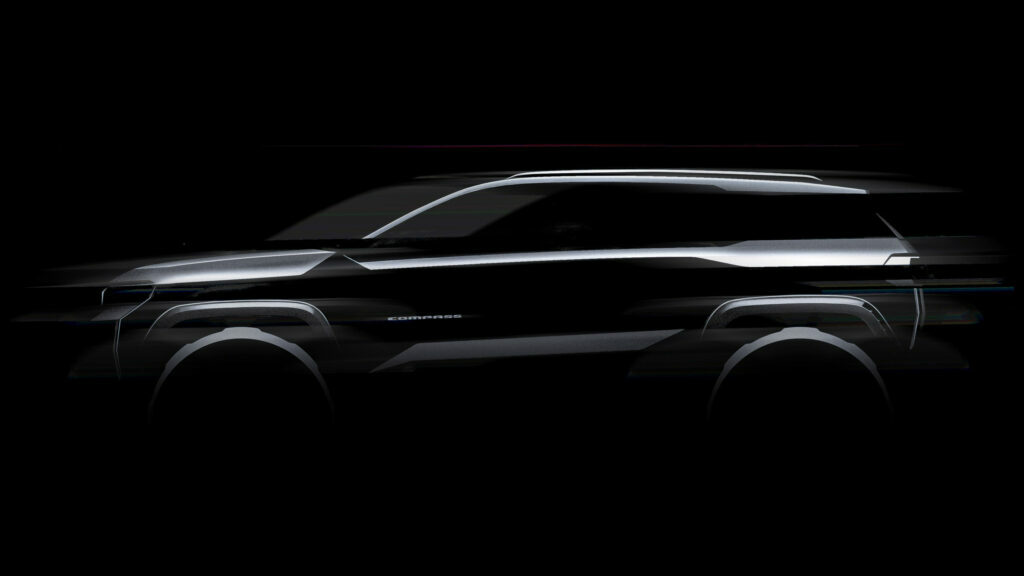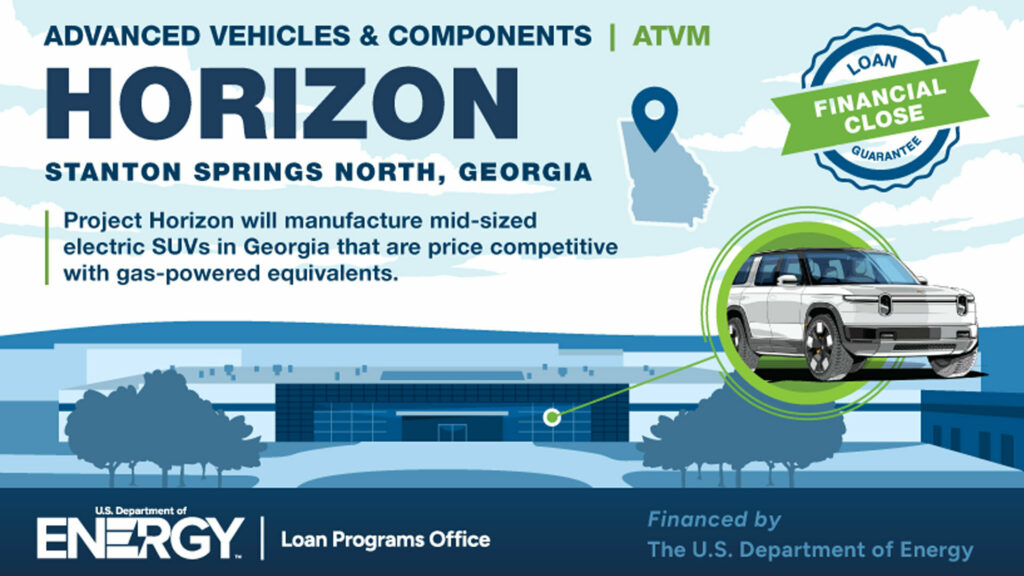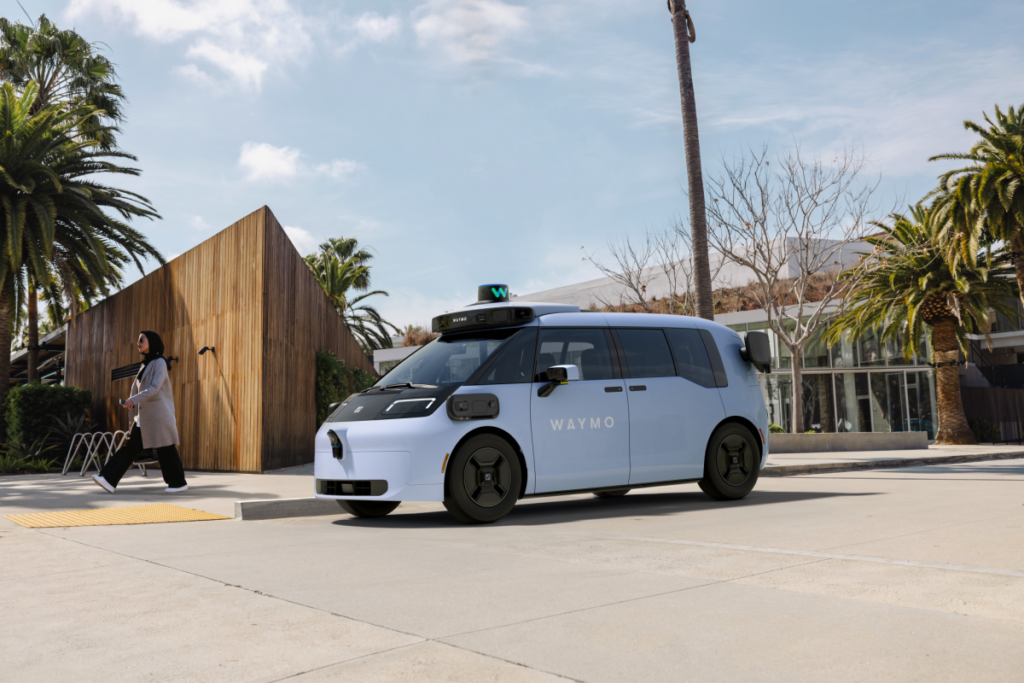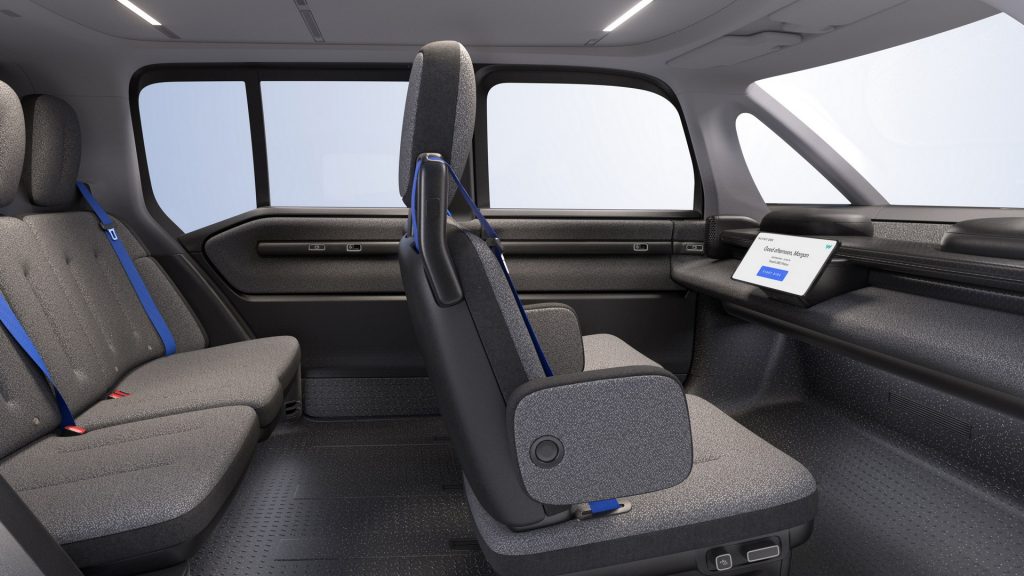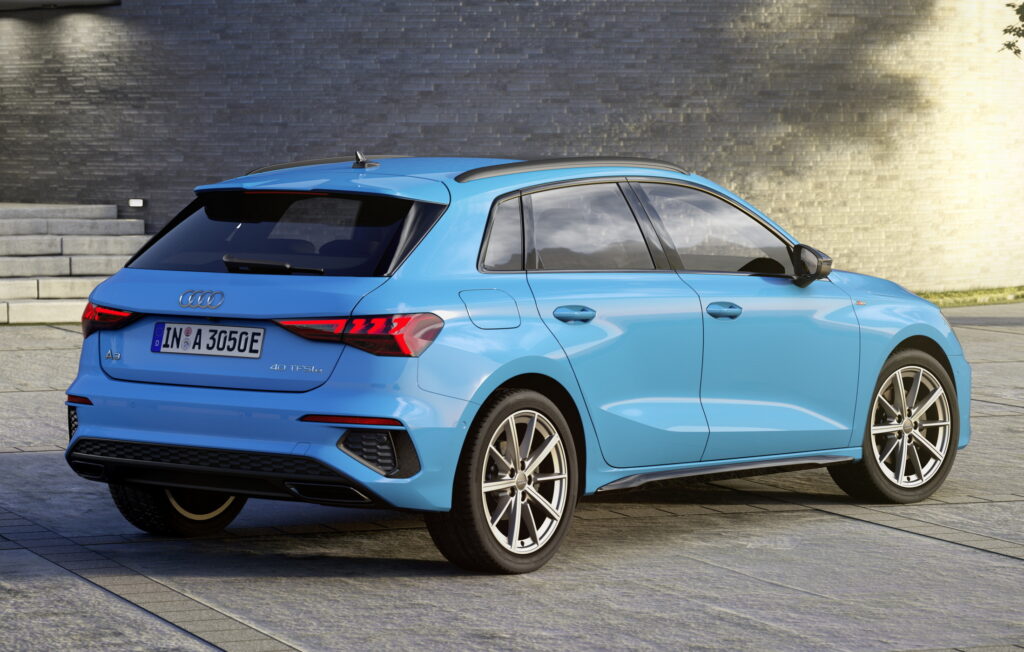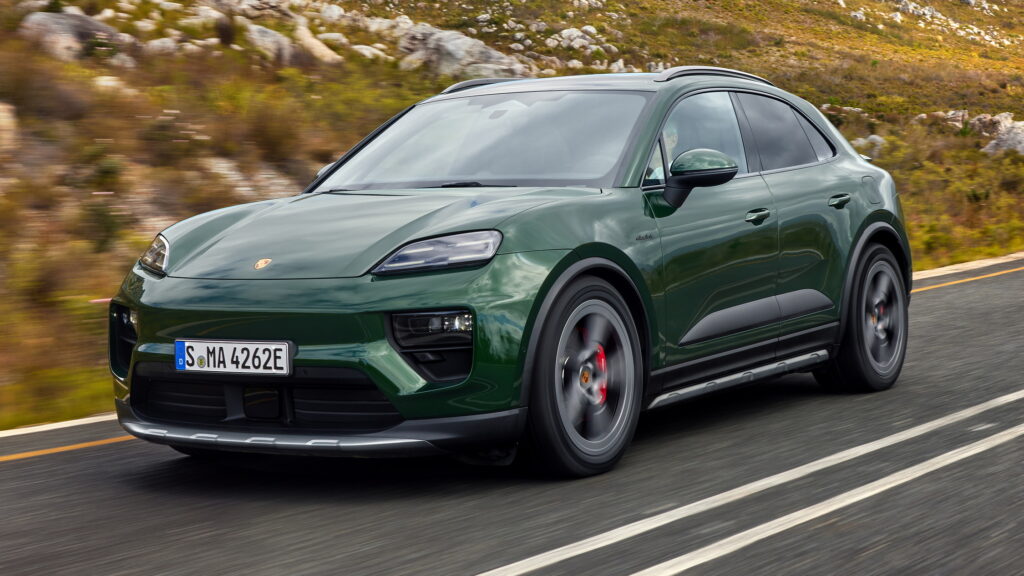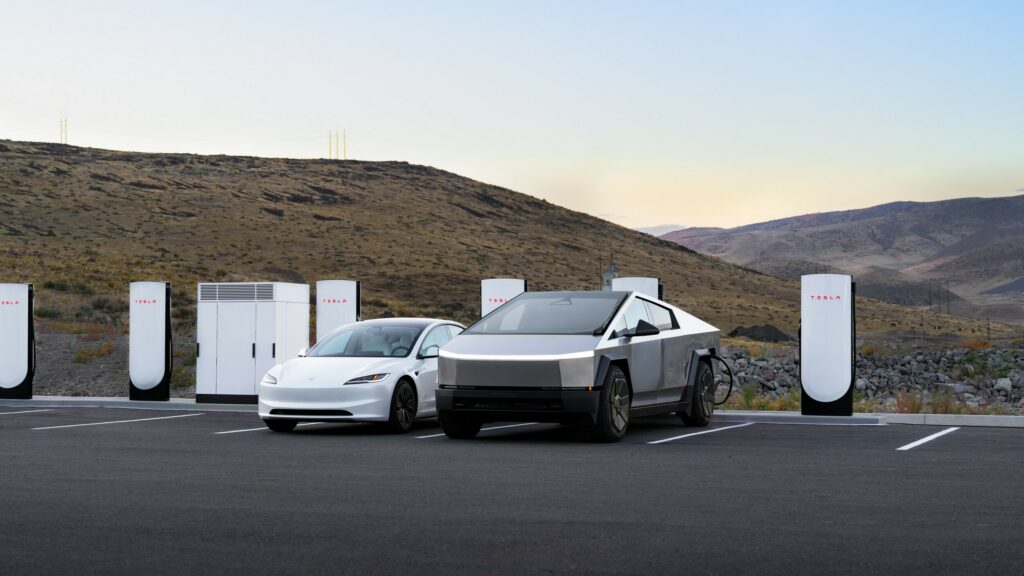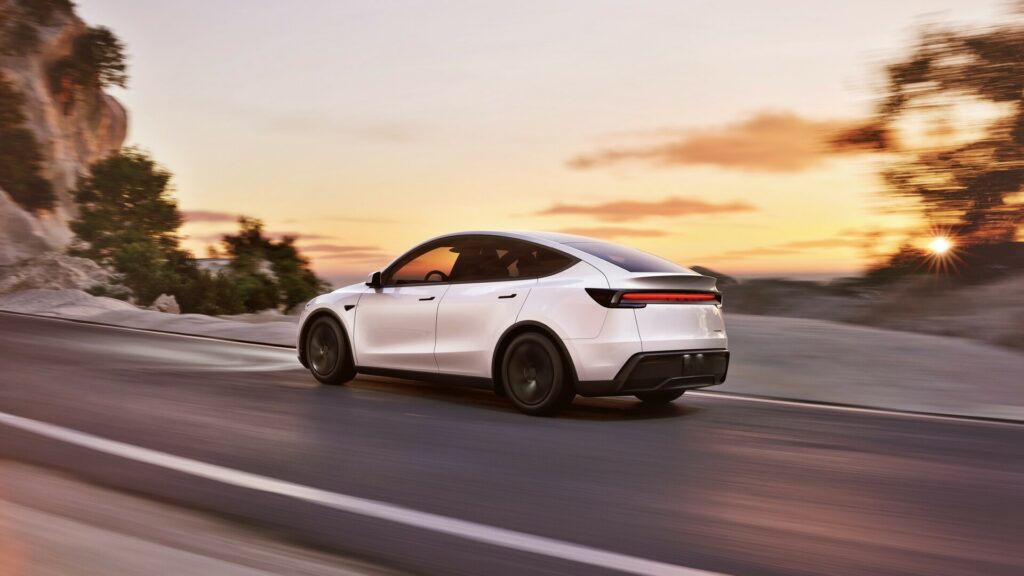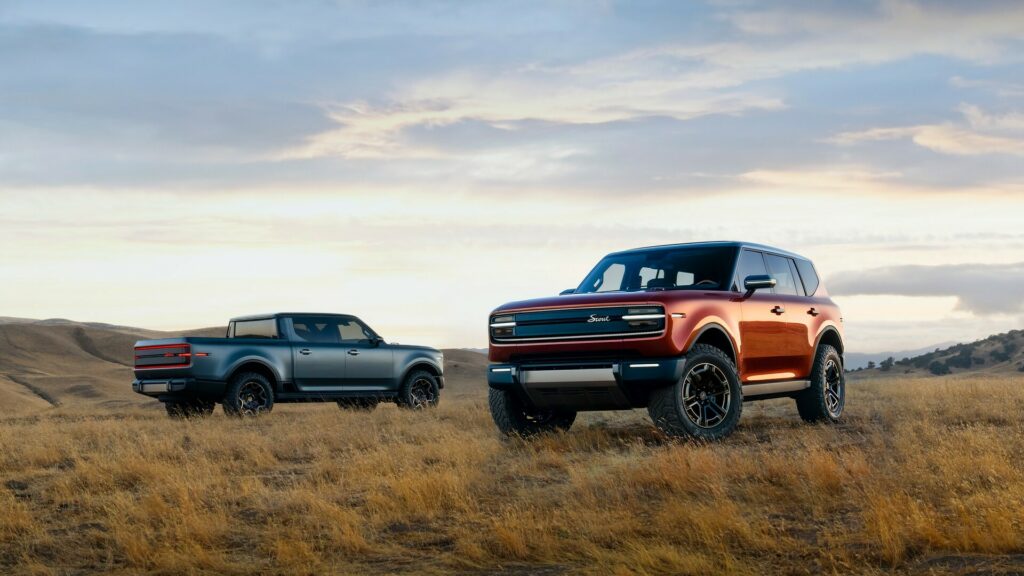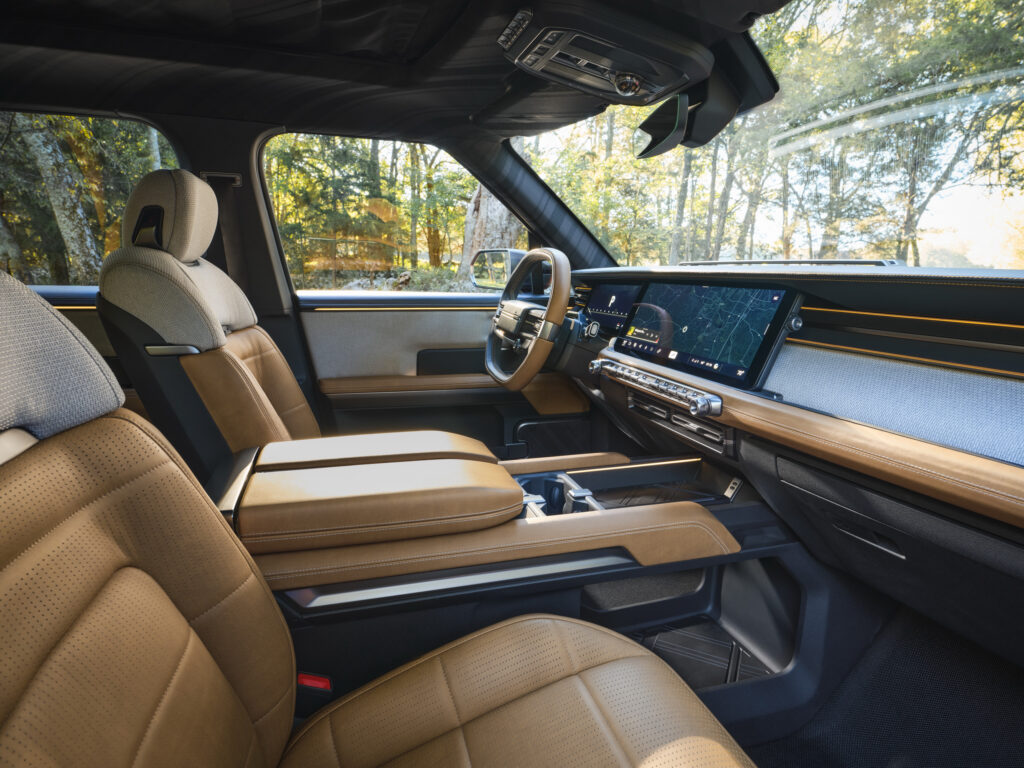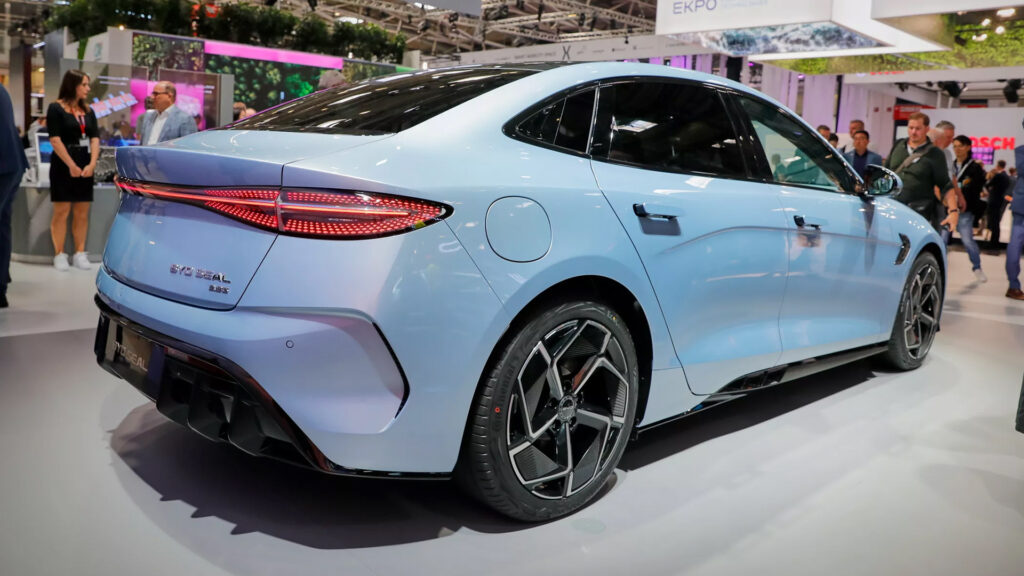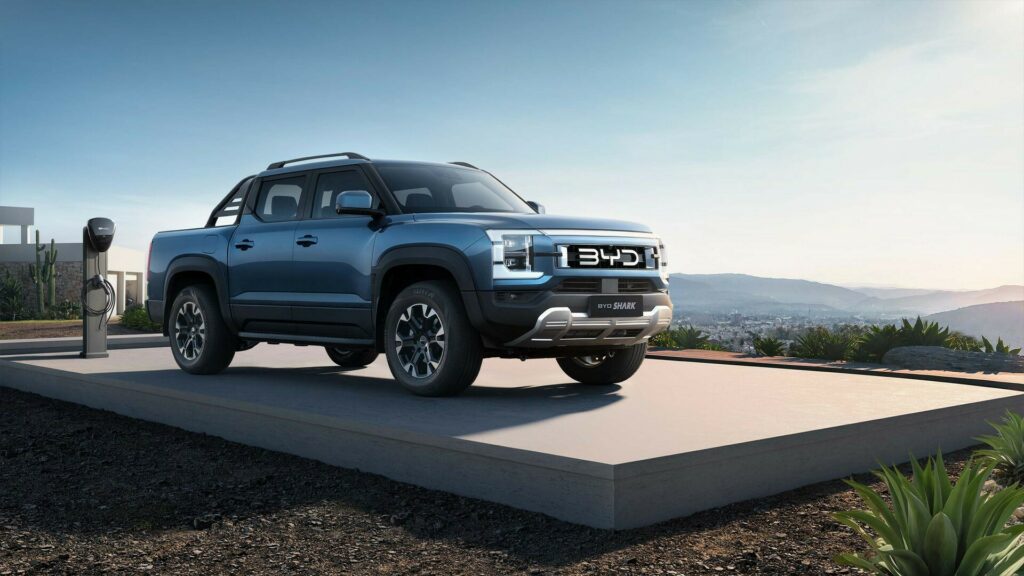Dodge Charger Daytona EV Shamed By A Family Crossover
- The entry-level Charger Daytona R/T delivers 456 hp and 404 lb-ft (547 Nm).
- While it didn’t match the Tesla, the Charger R/T is on par with a Ford Mustang GT.
- Dodge’s most potent version of the EV offers 630 hp and 627 lb-ft (850 Nm).
To say the Dodge Charger Daytona has sparked debate would be putting it mildly. The Charger’s transformation into an EV hasn’t exactly been met with universal applause, and early sales reflect that sentiment with some dealers already letting them go for well below MSRP.
Still, a few have made it to the streets (or rather, the drag strips), giving us our first glimpse of how this electric muscle car performs where it truly matters.
This blacked-out Charger Daytona recently appeared at The Strip at the Las Vegas Motor Speedway and in its first race, was lined up against a black Tesla Model Y (though it’s not clear if it’s the mid-trim Long Range AWD or the flagship Performance variant). The Charger appears to be the entry-level R/T version rather than the flagship Daytona Scat Pack.
Read: Dodge Charger Daytona Lease Drops To As Low As $249 With $4K Down, 0% APR For 6 Years
According to Dodge, the Charger Daytona R/T delivers 456 hp and 404 lb-ft (547 Nm) of torque, with a temporary boost to 496 hp for 15 seconds using the PowerShot function. That puts it above a standard Ford Mustang GT in terms of power, helping it hit 60 mph (96 km/h) in 4.7 seconds. On paper, those numbers are impressive—but real-world performance is where reputations are made.
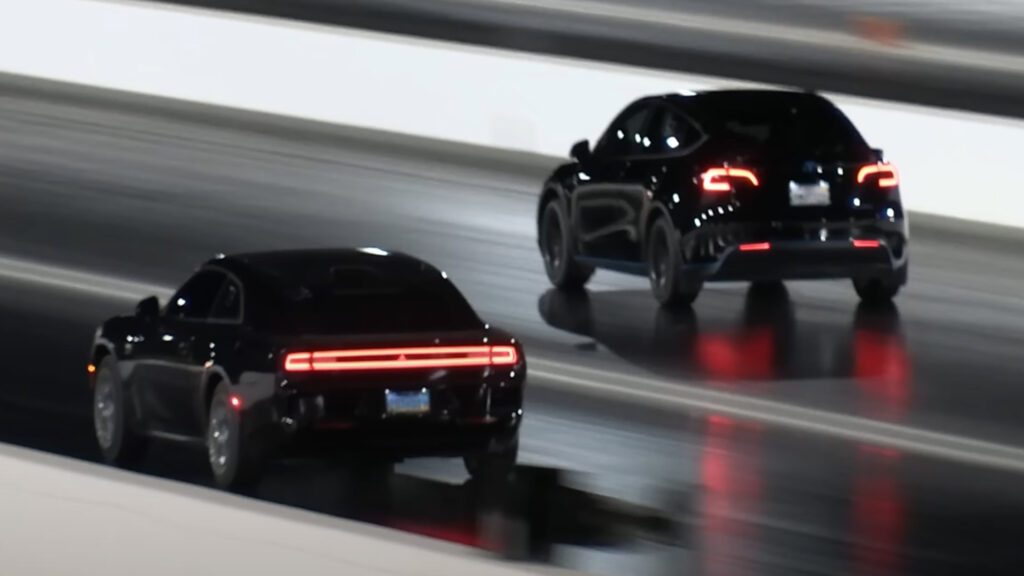
The Tesla, on the other hand, is a pre-facelift model. If it’s the Performance variant, it should deliver 456 hp and 497 lb-ft (674 Nm) of torque, with a 0-60 mph time of just under 4 seconds. Typically, these versions run the quarter-mile in well under 12 seconds, which suggests this one likely isn’t a Performance.
Furthermore, it seems to be missing the usual Performance model cues, like the distinctive wheels and red brake calipers. Unless the owner swapped those out, it’s probably the Long Range AWD model, which produces 384 hp and 376 lb-ft (510 Nm). If that’s the case, the outcome is even more embarrassing for Stellantis’ so-called “muscle coupe.”
The Race
In the race, the Tesla gets the jump off the line and takes a relatively easy win, crossing the quarter-mile in 12.54 seconds at 111.52 mph (179.46 km/h), whereas the Dodge needed 12.87 seconds at 111.84 mph (179.99 km/h). While being beaten by a Model Y is admittedly a little embarrassing, the Dodge’s time is roughly on par with a Mustang GT that can run the quarter-mile in the mid-12-second range. Sure, it cannot match the V8 rumble of the Ford, but the silent rush of an EV does have its fans.
Would the Scat Pack Have Fared Better?
The outcome raises an interesting question: Would the more powerful Daytona Scat Pack have given the Tesla a better fight? With 630 hp and 627 lb-ft (849 Nm) of torque, jumping to 670 hp with PowerShot, the Scat Pack is built for speed. Dodge claims it can run the quarter-mile in 11.5 seconds, which could have turned the tables in this electric rivalry.
Maybe next time, Dodge. For now, the Model Y gets to keep its bragging rights.
